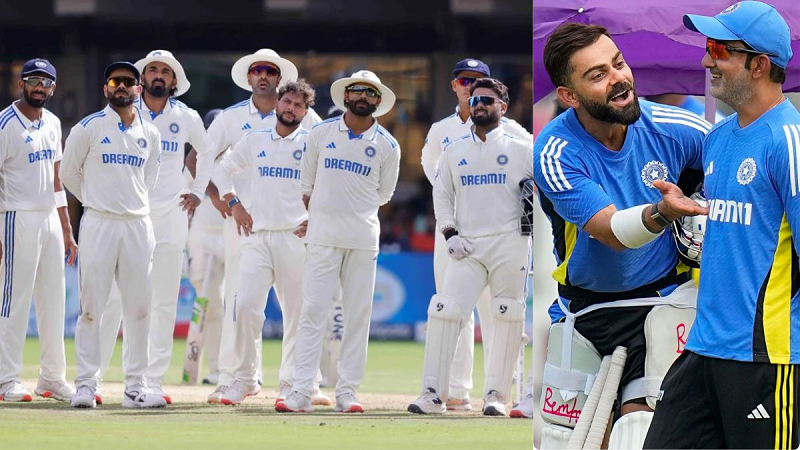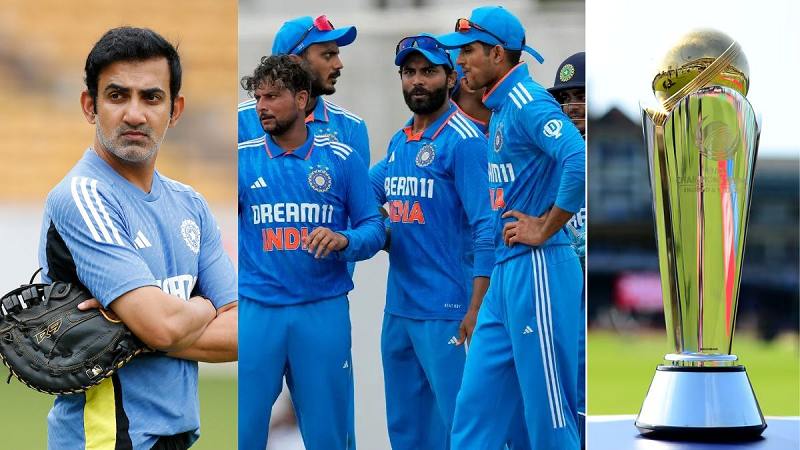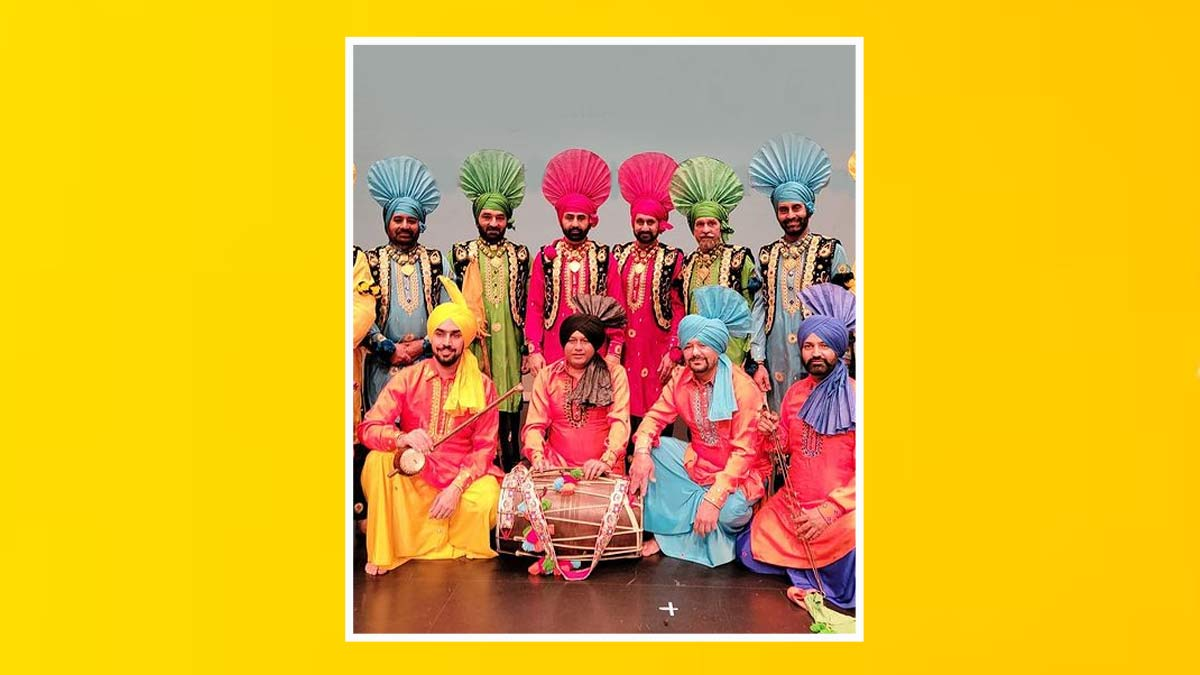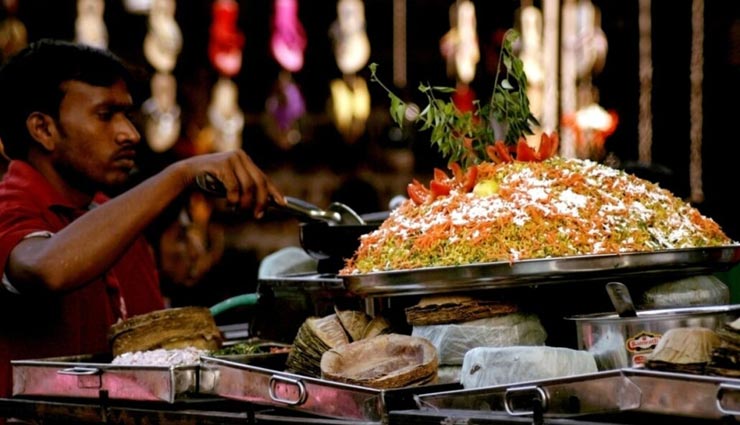At present, the month of the Hindu calendar is going on, which is considered to be the favorite month of Lord Bholenath. It is believed that the devotees who worship Bholenath with true heart and rituals in the month of Sawan, Devadhidev Mahadev is soon pleased with them all. In such a situation, everyone is eager to see their favorite Bholenath this month and for this they turn to Shiva temples. Today we have brought you information about the famous Shiva temples of Rajasthan which are known for their specialty. There is always a gathering of devotees in these temples, but this number increases further during the days of Sawan. If you also want to visit Shiva temples during Sawan, then come visit the temples here.

Ghushmeshwar Mahadev Temple, Sawai Madhopur
Ghushmeshwar Mahadev Temple is located in the Sawai Madhopur district of Rajasthan. In the last stanza of the 32nd verse of Kotirudra Samhita of Shiva Purana, the place of Ghushmeshwar has been told to be a place called Shivalaya. The name of this Shivalaya deteriorated in the medieval period from Shival and Shival to present-day Shivad. This is the last Jyotirlinga in India's Dwadashon Jyotirlinga, this temple is built on Devgiri mountain in Shivad town. A special fair of five days is organized on Mahashivratri at Ghushmeshwar temple. At this fair, there is a flood of devotees coming from the country and the world. This temple is said to be nine hundred years old. The Shivling established in the temple is said to be self-manifested.
Bisaldev Temple, Tonk
It is one of the important structures of Rajasthan dedicated to Hindu mythological significance. Bisaldev Temple or Bisaldev is a famous temple dedicated to Lord Shiva and situated on the Bisalpur Dam on the Banas River. The idol of this temple is defined as Lord Gokarneshwar and the temple is counted as a monument of national importance by the Archaeological Survey of India as it dates back to the 12th century and was built by the Chahamana ruler Vigraharaja IV, also known as Bisal Dev. Goes, belongs to the time. The temple courtyard is partially under the water of the Bisalpur Dam reservoir after the construction of the dam, but before it stood at the confluence of the Dai and Banas rivers.
Achaleshwar Mahadev Temple, Dholpur
The Achaleshwar Mahadev Temple in Dhaulpur, Rajasthan is always thronged by devotees, but merely visiting it in the month of Savan is considered virtuous. It is said that Lord Shiva gives darshan here. The specialty of Achleshwar Mahadev Temple is that the toe of Lord Shiva is worshiped in this temple. Lord Shiva is worshiped in all the temples in the form of Shiva Linga or the idol of Lord Shiva but in this temple, the toe of Lord Shiva is worshipped. Devotees feel blessed by reaching here. Achaleshwar Mahadev in Dholpur, Rajasthan changes color three times a day. Shivling appears red in the morning, saffron in the afternoon, and dark in the night. The temple has a huge idol of Nandi, the vehicle of Lord Shiva, which weighs about 4 tons. The idol of Nandi is made of five metals. Gold, silver, copper, brass, and zinc are mixed in it. According to a popular legend, the idol of Nandi protected the temple from attack by Muslim invaders. The bees hiding in the temple had saved the temple many times. It is said that whoever wants to meet Lord Bhole, Nandi first tests his devotion. There is a belief about this temple of Mahadev that unmarried boys and girls come here with the wishes of their desired life partner and Lord Shiva fulfills them.
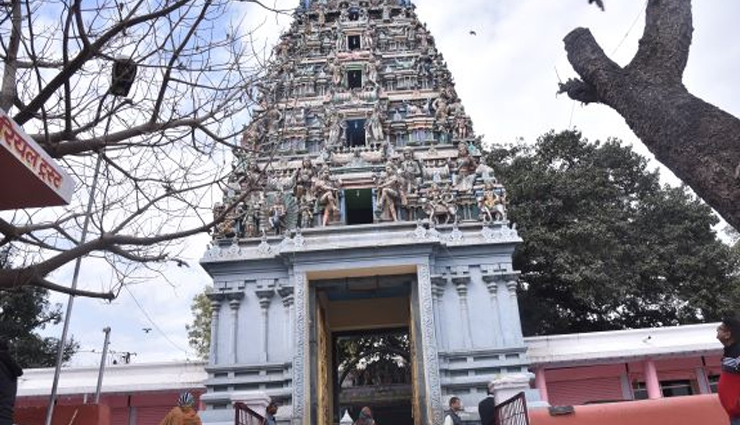
Jharkhand Mahadev Temple, Jaipur
Mahadev Temple located in Prempura village of Jaipur is famous far and wide. This temple was built before 1918. In those days this temple was not in its present form. There, only a room was made from which the Shivling was covered. This temple was renovated in the year 2002 and its design was made like the temples of South. The exterior of the temple was made like the temples of the South. Whereas, the main gate and the sanctum sanctorum are similar to the temples in the north. However, due to a tree coming between the sanctum sanctorum and the main door, there is a slight difference between the two. Jharkhand Mahadev Temple Tiruch Looks like Rirapalli temple. This is because, in the year 2000, the responsibility of rebuilding the temple was given to the chairman of the trust, Jai Prakash Somani. During the tour of South India, Somani liked the temples there. In such a situation, he called about 300 artisans from the South and got the temple constructed from them only.
Parshuram Mahadev Temple, Pali
The temple of Parshuram Mahadev is situated on the border of Rajsamand and Pali district of Rajasthan. The main cave temple falls in Rajsamand district while Kund Dham falls in Pali district. One has to travel 500 steps to reach this cave temple. Inside this cave temple, there is a self-buried Shivling where Parashurama, the sixth incarnation of Vishnu, had done severe penance to Lord Shiva for many years. On the strength of penance, he had received the bow, Akshay Tunir, and divine ax from Lord Shiva. It is believed that once upon a time Lord Parshuram had performed severe penance to Shiva on the dhuni built under the main Shivling. In this cave, there is a figure of a demon carved on a rock. Who was killed by Parshuram with his ax?
Saraneshwar Mahadev Temple, Sirohi
Saraneshwar Mahadev Temple is situated in Sirohi district. It is a great center of faith for the devotees of Lord Shiva. It is said that in 1298, Alauddin Khilji destroyed the Rudramal Mahadev temple located in Siddhpur, Gujarat. Tying the Shivling there in a cow's skin, he was returning on the way to Sirohi, but the Maharao of Sirohi did not allow him to go further. Shivling was taken from him after being defeated in the war and then it was established in Sirohi. Since then this temple is known as Saraneshwar Mahadev. Water flows between the mountains behind this temple. Which is known as Shukla Teej Talab. Alauddin returned here in 1298 to avenge his defeat at Sirohi but was struck by leprosy. Which got cured by taking a bath in Teej Pond. Impressed by this miracle, he visited the temple and donated a large amount. After this, he vowed that he would never return to Sirohi.
Jalandharnath Mahadev Temple, Jalore
A part of the Shivling of Somnath is worshiped in the Mahadev temple situated on the fort of Jalore. This temple is also known as Somnath Mahadev. According to the history of Jalore, during the reign of King Kanhaddev Songara Chauhan in Jalore in the 13th century, Alauddin Khilji passed through Jalore after the Somnath invasion. Khilji looted many Mahadev temples in Somnath. After which Khilji attacked the fort of Jalore as well and in the meantime left a part of the Shivling of Somnath Mahadev here. The same Shivling is today worshiped in the form of Somnath Mahadev, a special type of Shivling in the ancient temple behind Jalandharnath Mahadev Temple located in the fort. Lord Mahadev is present in the form of a different type of Shivling along with the old idols of Parvati, Ganesha, and Karthikeyan God in the ancient temple in the Mahadev temple on the fort. In other temples, the Shivling is present in the form of the idol of Lord Mahadev, and the Linga form is present above the Bhaga form. While in this ancient Shivling, the linga form is worshiped in the inner part of the giant Bhag form.
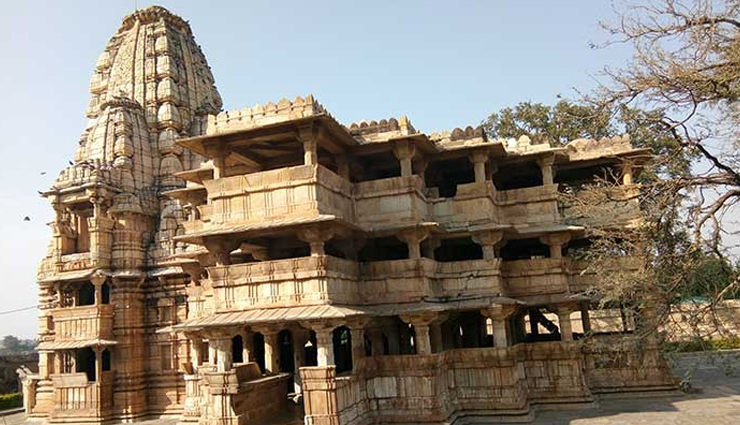
Dev Somnath Temple, Dungarpur
This temple is a replica of the Somnath temple in Gujarat this temple is dedicated to Lord Shiva and is visited by a large number of Shiva devotees. The temple is a beautifully carved temple situated on the banks of river Som and is believed to have been built in the 12th century. The temple is known for its unique sculptures and is made of white marble and very intricately carved in the sanctum sanctorum and mandap with exquisite carvings and devotees visit here mostly during winters.
(PC: Lifeberrys)


